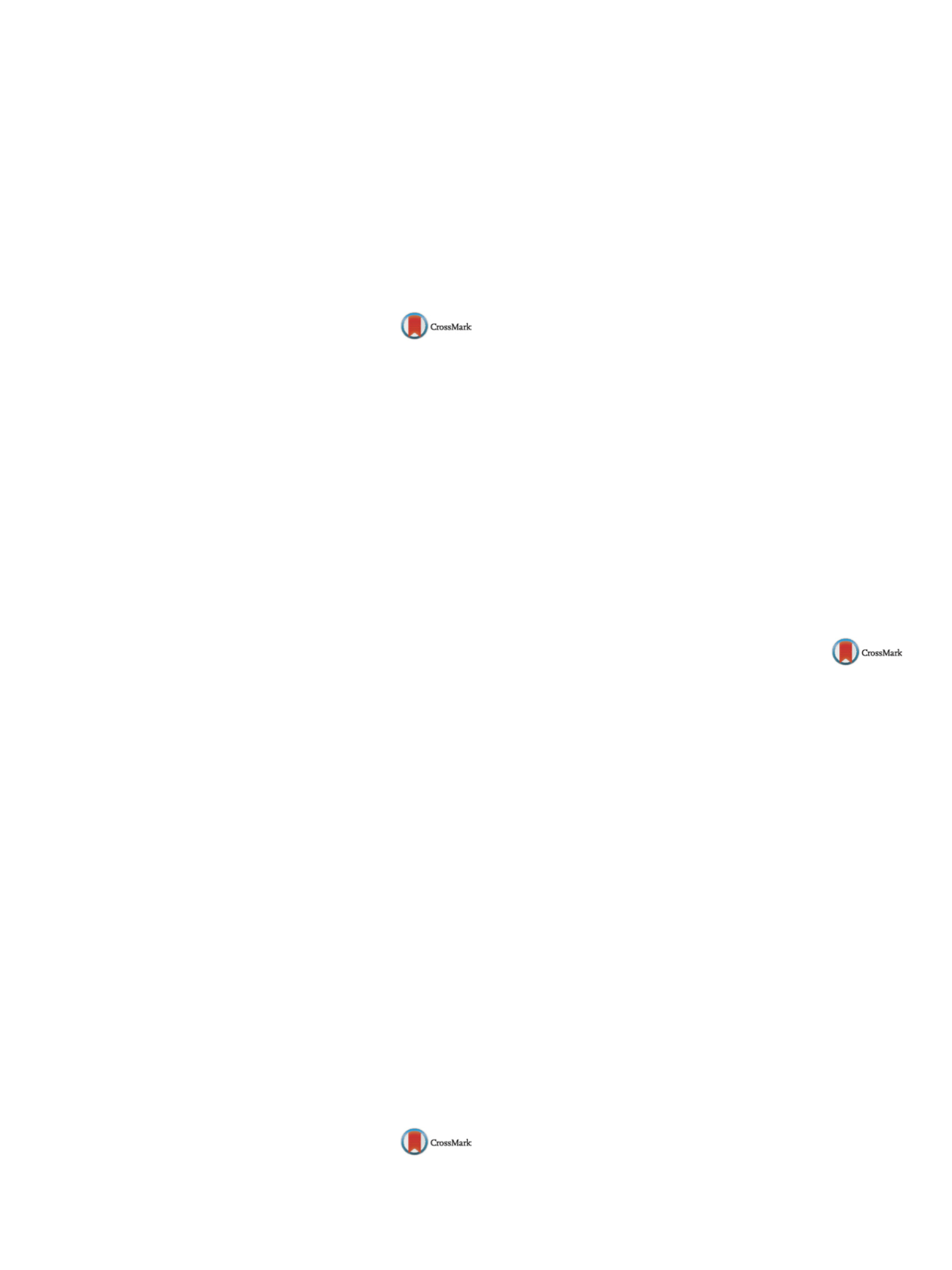

25th European congress of psychiatry / European Psychiatry 41S (2017) S365–S404
S381
Results
Statistically significant improvement in cognitive func-
tioning, symptoms severity and functional capacity was found in
the study group after the intervention. These changes were not
observed in the control group.
Conclusion
The results support the OC effectiveness for cognitive
and functional capacity improvement and symptomology relief.
The findings advance the body of evidence for functional interven-
tions in hospital settings.
Disclosure of interest
The authors have not supplied their decla-
ration of competing interest.
http://dx.doi.org/10.1016/j.eurpsy.2017.02.410EW0797
Compare “family atmosphere” in
informal caregivers of patients with
psychotic symptoms compared to
their inclusion or not in self-help
associations
M. Mentis
1 ,∗
, M. Gouva
2, E. Kotrsotsiou
3, N.V. Angelopoulos
1,
E. Dardiotis
11
University of Thessaly, Postgraduate Program “Primary Health
Care”, Larisa, Greece
2
Technological Educational Institute of Epirus, Research Laboratory
Psychology of Patients Families and Health Professionals, Ioannina,
Greece
3
Technological Educational Institute of Thessaly, Research
Laboratory of Care, Larisa, Greece
∗
Corresponding author.
Introduction
The participation of informal caregivers in the café
of patients with psychotic symptoms in coordination with self-
help groups have been found to reduce the expressed emotion
in combination with psychoeducations interventions help create
a supportive environment.
Objectives
This study investigates the differences in the family
atmosphere of informal caregivers of patientswithpsychotic symp-
toms.
Aims
To compare whether or not the participation of informal
caregivers of patients with psychotic symptoms in self-organized
associations helps to foster a supportive family environment, hence
reducing the risk of relapse.
Methods
Snowballing sampling consisting of 510 informal care-
givers of patients with psychotic symptoms was used in the current
study. The Family Environment Scale of Moos and Moos and socio-
demographic questions were implemented to collect the data.
Control Cronbach’s Alpha reliability of scale gave value a = 0.795.
Results
The comparison showed that informal caregivers of
patients with psychotic symptoms irrespective of their partici-
pation or not in self-help associations do not show significant
differences in Family Environment Scale. Significant statisti-
cal difference between the two groups (
P
< 0.05) only occurred
in the subcategory “organization”, as the first group (m= 4.68,
df =
±
2.233) were found to have lower values compared to the
other group (m= 5.21, df =
±
2.233).
Discussions
The study demonstrated that informal caregivers of
patients with psychotic symptoms involved in self-help groups do
not show to have a particular difference in the family atmosphere
than families who do not participate in self-help associations.
Disclosure of interest
The authors have not supplied their decla-
ration of competing interest.
http://dx.doi.org/10.1016/j.eurpsy.2017.02.411EW0798
A randomized controlled study: The
effects of self-referral to inpatient
treatment on patient activation
I.E.O. Moljord
1 ,∗
, M .Lara-Cabrera
21
St. Olavs University Hospital, Nidaros DPS, Trondheim, Norway
2
St. Olavs University Hospital, Tiller DPS, Trondheim, Norway
∗
Corresponding author.
Introduction
Self-referral to inpatient treatment (SRIT) has
recently been implemented in Norway in several community men-
tal health centers (CMHC) in an effort to increase activation and to
improve access to mental health services and timely treatment.
Objective
To examine the effect of having a contract for self-
referral to inpatient treatment (SRIT) in patients with severe
mental disorders. This interventionwas based on personalized care
planning, legislation regarding patients’ rights and is intended to
enhance user participation.
Aims
To assess the 12-month effect on patient activation
measure-13 (PAM-13).
Methods
A randomized controlled trial with 53 adult patients;
26 participants got a SRIT contract which they could use to refer
themselves into a CMHC up to five days for each referral without
contacting a doctor in advance. Preliminary results on the pri-
mary outcome after 12 months with the self-report questionnaires
Patient Activation Measure (PAM-13), will be analyzed using linear
mixed and regression models.
Results
The preliminary results showed no significant effect on
PAM-13 (estimatedmeandifference [emd]
−
0.41, 95%CI [CI]:
−
7.49
to 6.67). A post hoc analysis found an effect of SRIT on PAM-13 in
those with baseline PAM-13 scores below
≤
47.
Conclusion
There were no group differences.
Trial design
Clinicaltrials.gov NCT01133587.
Disclosure of interest
The authors have not supplied their decla-
ration of competing interest.
http://dx.doi.org/10.1016/j.eurpsy.2017.02.412EW0799
Treatment profiles in a Danish
psychiatric university hospital
department
N. Okkels
1 ,∗
, R.B. Mogensen
2, L. Crean
3, S. Skadhede
2,
C.H. Vestergaard
2, C. Rasmussen
2, J.W.D. Shanmuganathan
2,
K.B. Hansen
2, P. Munk-Jørgensen
21
Aarhus University Hospital Risskov, Aarhus University Hospital,
Clinic for OCD and Anxiety, Risskov, Denmark
2
Aarhus University Hospital Risskov, Department of Organic
Psychiatric Disorders and Emergency Ward, Risskov, Denmark
3
Aarhus University, Department of Mathematics, Aarhus, Denmark
∗
Corresponding author.
Introduction
Despite concerns about rising treatment of psy-
chiatric patients with psychotropic medications and declining
treatment with psychotherapy, actual treatment profiles of psy-
chiatric patients is largely unknown.
Aims
To describe patterns in the treatment of patients in a large
psychiatric university hospital department.
Methods
A descriptive mapping of treatment of in- and outpa-
tients in a psychiatric department at Aarhus University Hospital
Risskov, Denmark. Information was collected by health care staff
using a 25-item survey form. The
P
-value was calculated with a
Chi
2
test and
P
< 0.05 was considered significant. The study was
preceded by a pilot study on 41 patients.
Results
Over a 1 month period we assessed a total of 343
consecutive patients and hereof included 200 in the age range
18–90 years (mean 53.76); 86 men and 114 women. One hundred
and eighty-eight patients (94%) used psychotropic medication, 37
(19%) as monotherapy and 148 (74%) in combination with non-
pharmacological therapy. Ninety-seven (49%) had psychotherapy
and 104 (52%) social support. Among inpatients, 21 (64%) had phys-
ical therapy, and 10 (30%) electroconvulsive therapy. In total, 163
(82%) had non-pharmacological therapy. Fifty-two (26%) patients
had monotherapy and 148 (74%) polytherapy. Mean number of


















